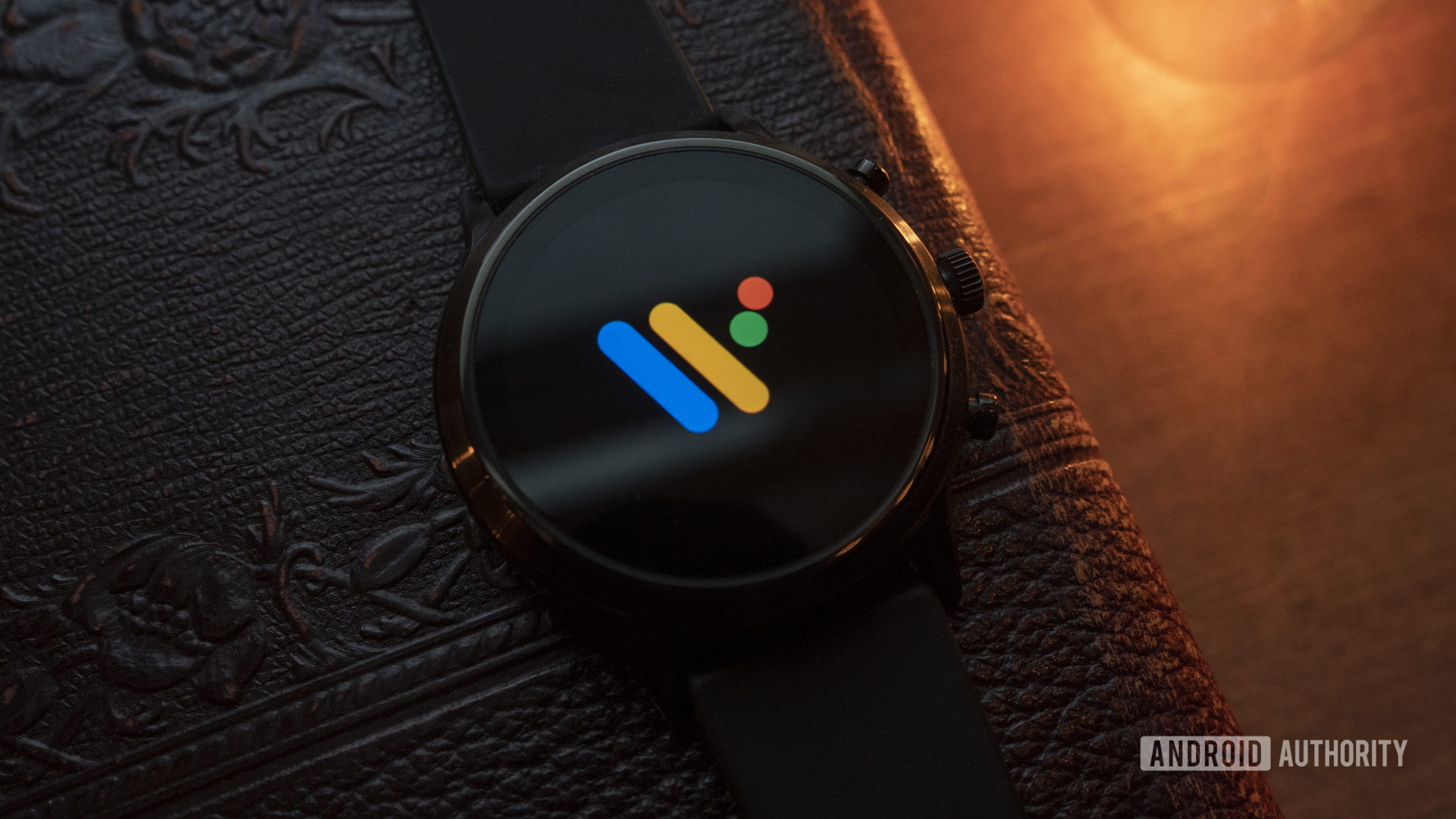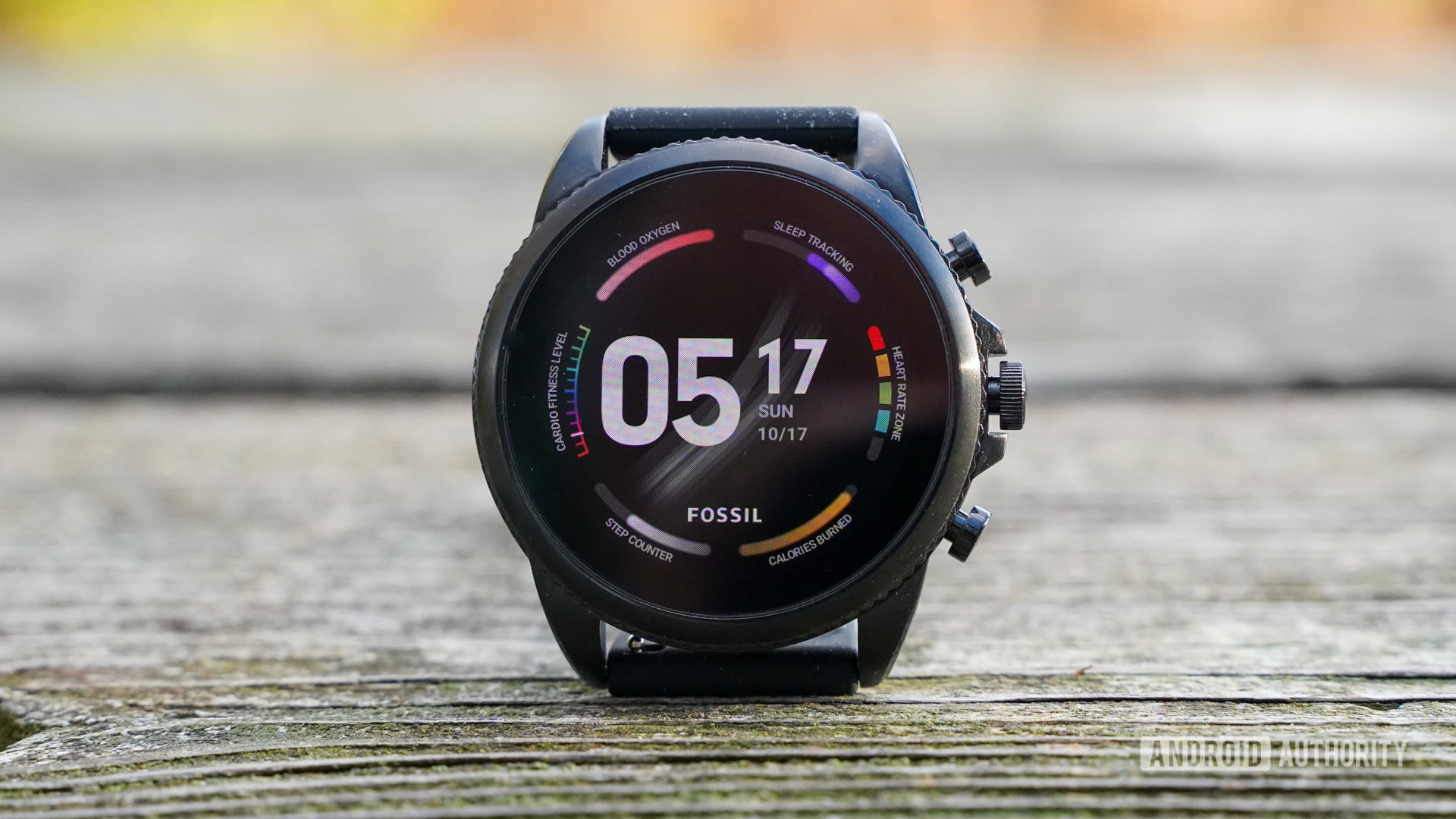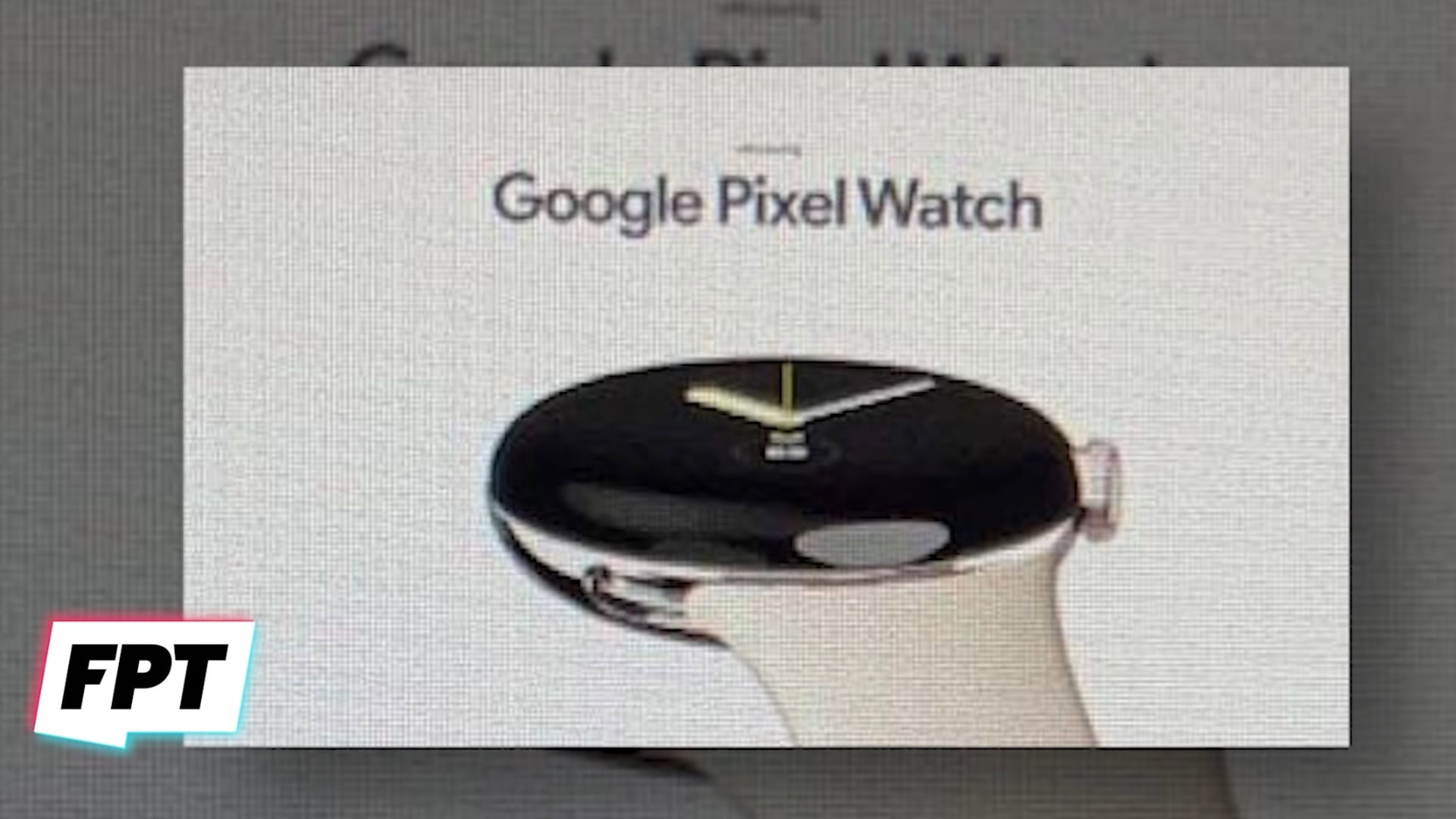Affiliate links on Android Authority may earn us a commission. Learn more.
The Pixel Watch can't succeed if Google reuses the same 8-year-old formula
April 28, 2022

Rumors about Google’s first official foray into smartwatches are picking up steam. What sounded like a myth for many years is now looking more and more like a certainty, as bits and pieces of the upcoming Pixel Watch leak from various sources. That has made me think: What’s the real value proposition behind a Google-made watch? What unique attributes would a Pixel Watch offer to challenge the status quo of Android smartwatches? And to be honest, I can’t come up with a clear answer.
Know it all: The Google Pixel Watch rumor hub
I’m speaking from the perspective of someone who’s followed Android’s smartwatch efforts since the start. I’ve owned the first LG G Watch then the G Watch R, the HUAWEI Watch Classic, SKAGEN Falster, Misfit Vapor X, and now the Galaxy Watch 4. For several years, I used to wear my watches daily, religiously. Now? Even though Samsung’s latest is the best smartwatch I’ve owned, I can forget about it for days, nay weeks. It sits on my charger until I remember that it exists, so I pick it up, wear it for a day or two, and try to pretend that it’s worth the several hundreds of dollars that I paid for it.
I just find it more efficient to reach for my phone with its big display, proper keyboard, and full app functionality. Plus, I wear a smaller Fitbit Inspire 2 all day and night to track my activity and sleep. It lasts about a week on a charge.
Wear OS is essentially the same it has been since 2014.
My issue isn’t with Samsung or the Galaxy Watch 4 itself, it’s the whole product proposition. Android-based watches have existed for over eight years but the product category has seen little in terms of growth or improvement in that timeframe. Sure, we’ve gone from power-hungry 28nm phone processors to more efficient wearable-specific 4nm and 5nm processors, we’ve reduced bezels, improved display clarity, dropped the flat tire, and added a few tiles and complications, but Wear OS is essentially the same it has always been.
It is mildly good at notifications, it does some limited fitness tracking but fails to integrate that into a wider health-centric ecosystem, and it is a second-rate citizen for most third-party apps (Apple Watch support comes first for many developers). Even Google Assistant has been a slow, buggy, unresponsive mess on it. Most smartwatches running on the platform are fashion statements first and useful tools second. Wear OS just exists now, as it has existed for eight years.
I know that’s a bit harsh to say, but isn’t it the truth?

Even on the hardware side, the diversity that first made the ecosystem special has all but disappeared now. LG, Motorola, Sony, ASUS, and several other brands have abandoned the wearable category, leaving Fossil — and its many subbrands — and Samsung as the main players in town. With Fossil, we get one hardware blueprint every couple of years (one processor, one RAM configuration, one display) that gets rehashed under different names and shapes ad-infinitum. All watches have a round screen that looks good when not in use, but is useless for displaying more than two or three lines of text. All of them barely last a day on a charge. All of them have the same controls and responsiveness issues.
Samsung’s partnership with Google brought a breath of fresh air to Wear OS 3.0. More sensors and measurements, a better health ecosystem, a rotating bezel for controls, and a more powerful phone companion app. It shook the status quo, and it clearly struck a chord, even though it pushed Samsung’s ecosystem more than Google’s.
Our verdict: Samsung Galaxy Watch 4 review
Google’s Pixel Watch won’t compete with the hundreds of fashion-branded Fossil watches, but with the Galaxy Watch 4. That’s already a high bar to clear. And even beyond that, Google needs a unique selling point to differentiate itself from its competitor. That’s where I’m drawing a blank.

The Pixel Watch will keep the same round, inefficient screen design, and even though I can’t argue with the sleekness of the form factor, I’d at least like to see Google offer a rectangular option with more screen estate. It is likely to have a one-day battery life, thus requiring daily charging and interfering with continuous activity/sleep tracking. Fitbit integration appears to be a separate app, and it’s not clear if we’ll have passive Fitbit tracking in the background or whether both Google Fit and Fitbit will coexist.
So what would be the value proposition of this Pixel Watch? What makes it a unique smartwatch among its competitors? What differentiates it from fitness trackers that can show notifications or something like the Fitbit Versa 3? Better yet, what makes it an indispensable accessory to my phone? So far, no leak or rumor has answered that question. It’s just another Wear OS watch, but it has the Pixel brand.
So what's the value proposition of this Pixel Watch? Well... 🤷♀️
I’d love to see Google prove me wrong when it finally announces the Pixel Watch. I’d like to be surprised by new features and distinctive functionality that break away from this eight-year limbo of Wear OS. But I’m very skeptical.
The “Pixel” brand has become synonymous with excellence in photography and AI in the smartphone market. We’ll have to wait to see what that brand means in the wearable segment, if anything.
Do you think the Pixel Watch is enough to revive Wear OS?
Continue reading: When it comes to smartwatches, is it hip to be square?